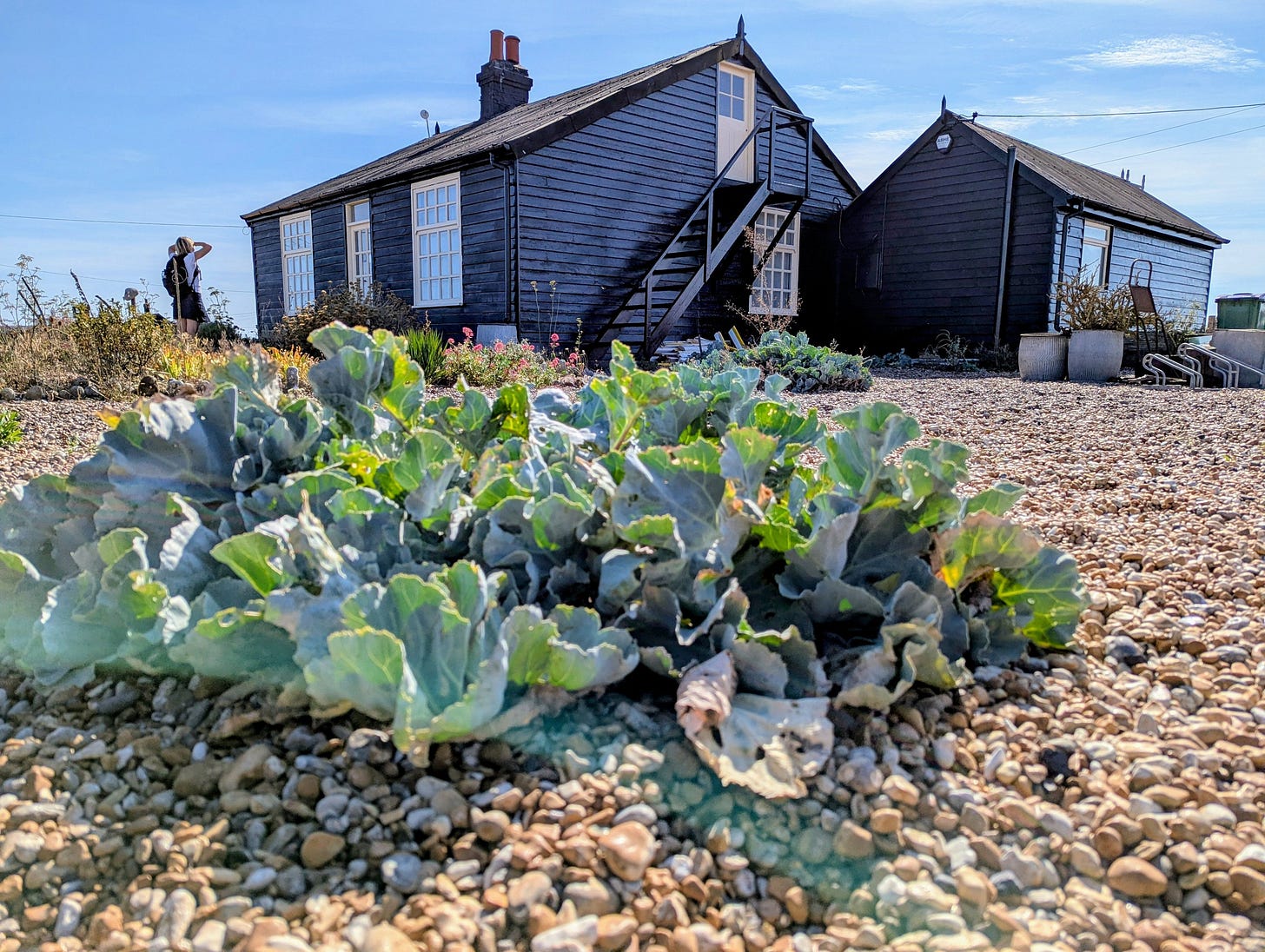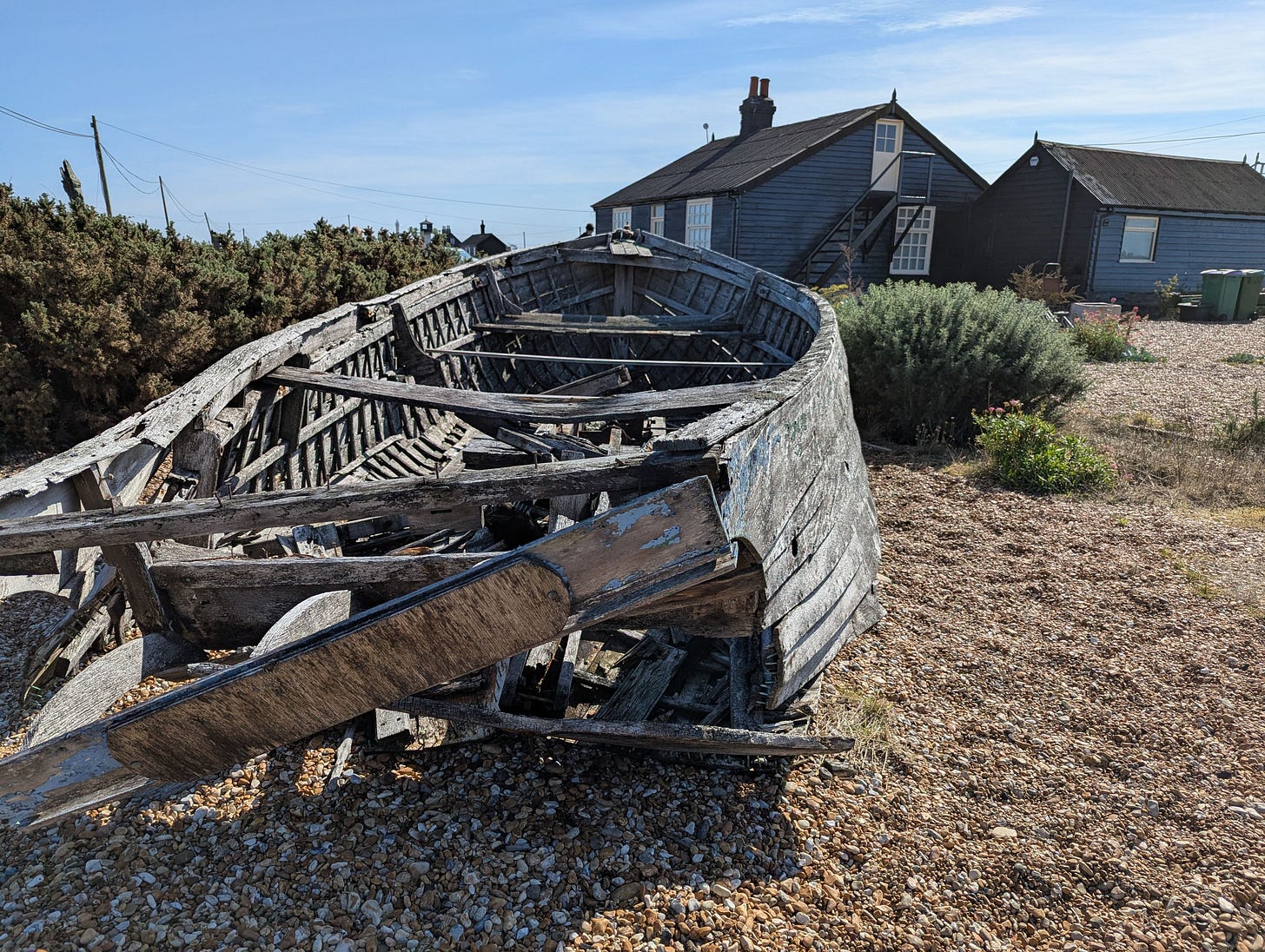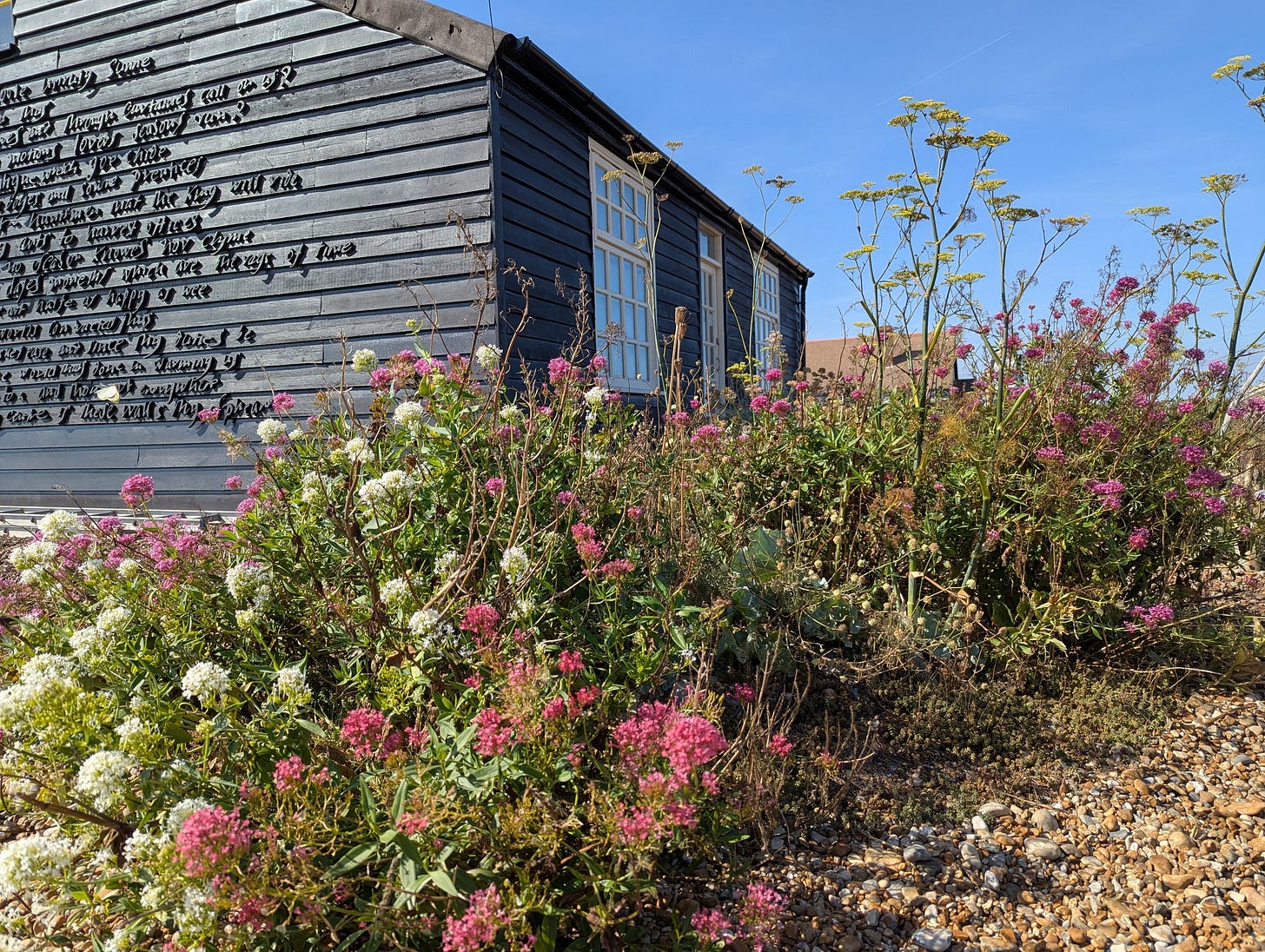Derek Jarman's Prospect Cottage: Pioneering Wild Beauty in Britain's Most Unlikely Garden
Unlock the secrets of Derek Jarman's beach garden, where wild beauty meets pioneering design! Embark on a journey to Britain's most unexpected garden.
In the shadow of Dungeness Nuclear Power Station, on a stark shingle beach where most would see only desolation, acclaimed British filmmaker Derek Jarman created one of the most influential gardens of the late 20th century. His extraordinary beach garden at Prospect Cottage has become a pilgrimage site for garden designers, nature lovers, artists, and anyone seeking to understand how human creativity can work in harmony with nature's wildest impulses.
A Garden Born from Barrenness
When Jarman acquired the weathered fisherman's cottage in 1986, Dungeness in Kent presented one of Britain's most challenging landscapes for cultivation. This unique shingle foreland in the shadow of a nuclear power station now decommissioned, shaped by centuries of wave action and wind, seemed impossibly hostile to plant life. The soil was virtually non-existent, salt spray constant, and the winds relentless. Yet Jarman saw potential where others saw wasteland.
Rather than fighting the harsh conditions, he embraced them. Working with salvaged driftwood, rusted metal sculptures, and carefully chosen plants that could thrive in maritime conditions, Jarman created a garden that felt both wild and intentional. Native sea kale, yellow horned poppies, and gorse provided structure, while hardy grasses swayed in the perpetual breeze. The garden became a living artwork that changed with seasons and storms, embodying the dynamic relationship between human intervention and natural forces.
Rewilding Before It Had a Name
Decades before "rewilding" entered mainstream conservation vocabulary, Jarman was practising its principles. He understood that true sustainability meant working with existing ecosystems rather than imposing alien aesthetics. His garden celebrated the indigenous plant communities of Dungeness, many of which had adapted to the site's unique conditions over millennia.
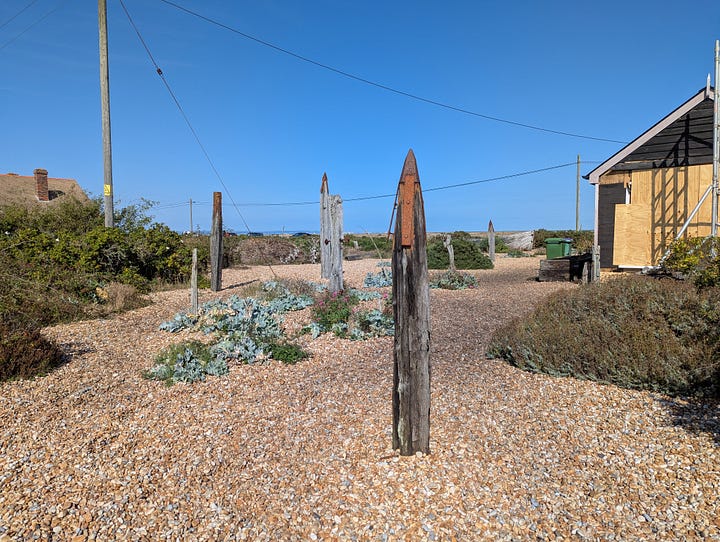
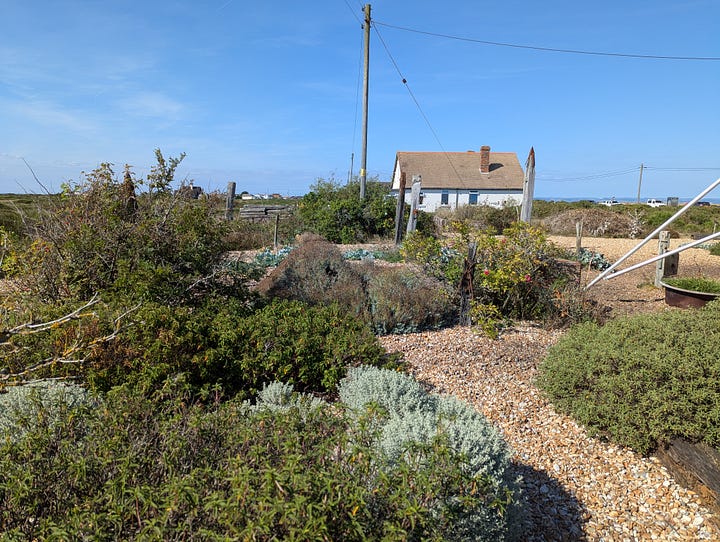
The cottage garden attracted an remarkable array of wildlife. Rare invertebrates found refuge among the carefully arranged stones and driftwood. Migrating birds began using the space as a stopover, drawn by the diverse plant life and shelter structures. What had appeared as biological desert gradually revealed itself as a complex ecosystem, needing only thoughtful encouragement to flourish.
The Incredible Dungeness Wildlife Reserve - Part 1
Dungeness in Kent is truly England’s desert by the sea. Shingle to the horizon. Salt, wind, the thrum of power lines. The hulking silhouette of the retired nuclear station on one side; life reinventing itself on the other.
Influence on Modern Garden Design
Jarman's approach has profoundly influenced contemporary landscape design, particularly the work of celebrated designers like Piet Oudolf. His philosophy of embracing natural processes, selecting plants for their ecological value as well as aesthetic impact, and creating gardens that sustain and evolve dynamically over time has become fundamental to modern wilder garden design.
The cottage garden demonstrated that beauty doesn't require manicured lawns or exotic imports. Instead, it can emerge from understanding and enhancing the inherent character of a place. This lesson has shaped everything from large-scale public landscapes to intimate urban gardens, inspiring designers to look more closely at their local environments.
Keep reading with a 7-day free trial
Subscribe to LettsSafari+ to keep reading this post and get 7 days of free access to the full post archives.



